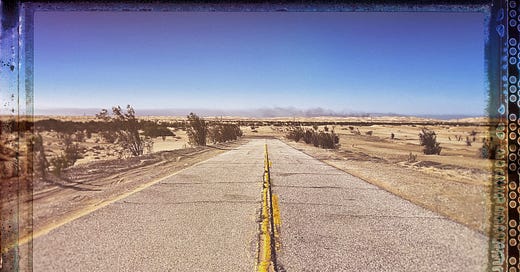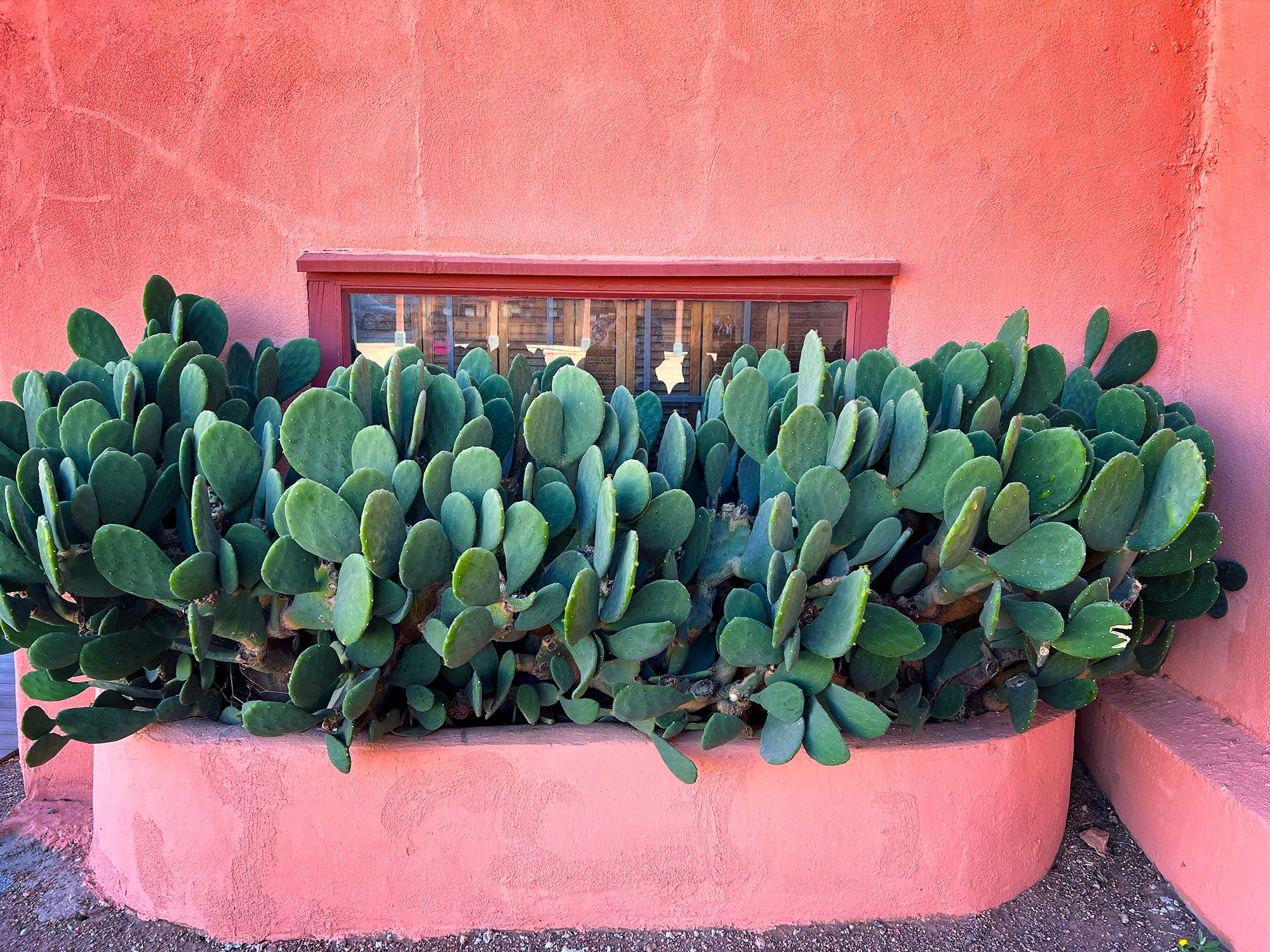Embracing This Far Too Prevalent Mindset Will Kill Your Creativity and Destroy Your Passion
We hear a lot about mindsets and the ones we should adopt. Well here's one that affects far too many photographers and no one is calling it out.

I grew up blue-collar.
My father worked at Motorola, and my mom had several part-time jobs.
We weren’t poor, but we certainly did watch what we spent.
Not unlike many middle-class folks who work within their means, and try to meet budgets.
That is where I first learned about money, buying power, and the transactional nature of purchasing goods and services based on time and material valuation.
It was a totally natural approach.
And when I started my business, it almost killed it before it got going.
The transactional handshake is; “I will pay you what you paid to make it, plus a bit extra for profit.”
Like a can of peas.
If peas are 12 cents per can* (volume), the can costs 2 cents each, shipping is 1 cent per, and the human cost is 45 cents, then the can of peas is 60 cents per can, wholesale.
Add a slim profit of 10 cents per can for the cannery and a 15 cent markup for the retailer, and that comes to 85 cents per can.
Add a few percentage points for spoilage, damage, and returns, and you will find the can of peas sells for about a buck.
(*Keeping in mind the farming, harvesting, sorting, and shipping to the cannery.)
And that is the mindset of far too many photographers and creatives in general.
We try to figure out how much we should charge based on how canned pea companies come up with their pricing.
And the most important thing to remember when it comes to pricing is;
WE ARE NOT SELLING PEAS IN A CAN OR OTHERWISE.
The models of selling something, profit, and what something is worth, were instilled in us by people who lived that model.
Most of the world lived and still lives on that model.
You aren’t bad for having this mindset; you're just human.
But it is time to cast that piece of damp cloth off faster than that black motorcycle jacket when you are riding the southwest deserts in triple-digit weather.
Yeah, that fast.
Here are a couple of examples.
A local model calls you for a new headshot, and you set it up.
You have a set headshot fee for local models, and it includes hair and makeup by one of your two freelance stylists and four images in different tops.
It is probably based a little on how long it normally takes to make the image on any given day. Throw in a little editing time, and voila; the price!
The model pays the flat fee and gets four “looks”.
Let’s put a price of $500 on the ‘package’.
A Few Minutes Later…
You get a call from the regional manager of an international cosmetic company.
She loved your latest promo (because you are actually doing promotion and not just sitting around like a limp piece of melted Gummy Bears waiting for the phone to buzz), and wants you to bid on a gig for point-of-purchase displays in nine western states. They need four shots of her in different tops.
The agency has chosen the same model you just shot. (Probably because your shots rocked their world, right? Right!!!)
They have chosen the same MUA.
There is absolutely no working difference between the previous shot at $500, and this assignment. Same time frame, model, MUA, and deliverables.
Sooo… is it still $500?
Of course not.
The VALUE of the image has changed.
The value to the customer makes it worth more.
A lot more.
This fee may be upwards of $7000 depending on how long they use it and how many stores they have. Or you could flat rate it out in a feature-packed pricing schedule that takes the friction out of the transaction.
So we bid it at $9500, including one year of POP rights and two years of digital.
Really?
Yes. Really.
When I did portraiture in the 90s, I never charged differently for different sizes of prints.
I charged for the shoot and included the print (up to 16x20).
The client could get whatever they wanted, and it was included in the price of the shoot.
I would price the shoot, knowing the highest-priced print would run me $50 wholesale, (let’s say).
So if I did the portrait, I might charge $900, knowing that I had allotted $50 for the prints. I would then let the customer know that they had already purchased whatever print size they wanted.
If all they wanted was a 5x7, that is what they could get.
If they wanted a 16x20, no problem.
As long as I could keep the wholesale print price at $50 or less, they could have what they wanted. Four 5x7s, an 8x10 and two 5x7s. Didn’t matter to me.
The prices for additional prints were based on size (packages), but at the initial shoot, I wasn't going to let that outdated transactional mindset get the better of me.
“The sitting fee is $50, and I will make my money on the print sales.
Unless all they want is a 5x7.”
And why would you tie the value of what you do to the amount of wall space your client has?
Thinking transactionally instead of value.
The value is in the photograph itself.
I want to be paid for my work, and my vision, not based on the square inches of photo paper whose dimensions were dictated by the available wall space in the upstairs hall.
When a photographer or artist bases their fees on the value of what they produce and knows that it has a value that is measurable, they can grow their business.
Without that understanding, pricing becomes a strange and incomprehensible activity.
Traditional Pricing Falls Short
It is a hard concept to deal with for most of us who grew up in a traditional transactional world, but once we become adept at understanding value pricing, we can see the world in a whole new light.
A more clarifying way of seeing the value of our work actually being appreciated.
We must realize that photos aren't just about the time or the equipment used.
Just as a company's logo isn't just about the design hours but its ability to represent the company, a photograph's worth lies in its capability to evoke emotions, capture moments, or even influence brand perceptions.
A product photograph could cost $500 to make but can drive $50,000 in sales due to its appeal. This demonstrates real value, proving it's way beyond its production cost.
It’s important to understand what the photo means to your client. Is it a one-off social media post or the face of a nationwide ad campaign?
Understand its significance and price it accordingly.
One of my mentees recently shot two cookies and a soft drink for $16,000. And the client was happy to pay it because it represented a product that was expected to make millions of dollars in profit for them.
I photographed a famous author for the back page of his book. I was granted 20 minutes to find a location, set up gear, and get the shot.
I did. And I billed $5500 for it.
And left money on the table, as I would later find out.
Your Brand
How you present yourself in the market can define your worth.
Premium branding can lead clients to see your work from a value perspective.
One of the ways to demonstrate value pricing is to act like it is already a part of your business.
Feature a few prints for sale at rates that make you sweat as you type them in.
8x10 print, in an edition of 20: $650.
A 40-page book, edition of 100: $450.
ESTABLISHING VALUE is more important than whether you sell something at this point.
Value pricing is more than just a strategy; it's about recognizing and articulating the unique value photographers, like you, bring to the table.
When you embrace this shift, not only will your revenue reflect the worth of your work, but the entire industry will rise in stature.
It's time to price photographs in accordance with their intrinsic value, which directly correlates to the value the client places on them.
INTRODUCING: THE CREATIVE CLASS FREE EDITION
Are you ready to unleash your true potential?
Dive into The Creative Class and take a transformative journey into the world of creativity. In just a few sessions, we'll challenge your perspective, sharpen your skills, and ignite that inner spark you’ve always felt.
It's not just a class – it's a vibrant community, an experience, a place where ideas flow freely and new visions come to life.
With 5 FREE classes waiting for you, there's no better time to tap into that hidden talent, find your creative tribe, and truly make your mark.
Go on, take that bold step.
STUFF I FOUND INTERESTING:
Working with value-based pricing attitudes.
I have been reading the new book from Alex Hormozi and it is everything it was promised to be. I definitely recommend this book to anyone who needs to find leads… you know, like photographers.
Stop using hourly rates.
Discover (or rediscover) the amazing work of Art Kane.
From Amazon:
A bold visionary, Art Kane (1925–1995) explored a number of genres--fashion, editorial, celebrity portraiture, travel, and nudes--with an unrelenting and innovative eye. Like his contemporaries Guy Bourdin and Helmut Newton, Kane developed a style that didn’t shy from strong color, eroticism, and surreal humor.
In 1958 Kane assembled the greatest legends in jazz and shot what became his most famous image, "Harlem 1958." In the 1960s and 1970s, Kane photographed, among others, the Rolling Stones, The Who, Cream, Janis Joplin, The Doors, and Bob Dylan.
While the battle for civil rights in America and the Vietnam War raged, Kane was refining a conscientious response to the period with editorial work that was powerfully accessible and populist in its desire to communicate to a large audience.
This is the first time Kane’s work has been collected into one volume. Beautifully curated, it is a fitting tribute to one of photography’s most original and creative forces.AI cannot be copyrighted. A Federal judge looked at the law and regulations created by the Copyright Office and found that AI does not rise to the level of human creation needed to copyright it. There is also that rarely mentioned problem of how do you copyright something you have no control over, and how would anyone know they were committing copyright violations since they cannot control the output or even conceivably know about every piece of shit created by the prompter nation.
It is a good ruling for us human creators.Now to get over this heat wave… sheeeeesh - enough already!
Consider becoming a paid subscriber.
Starting mid-September, I will be releasing one chapter per week of my business book, Dare to Succeed, which was created specifically for my Project 52 Members. This will be for my Paid Subscribers only. There are other perks, of course, and more on the way. I will make all of my paid subscribers glad they joined.
Have a terrific week.






